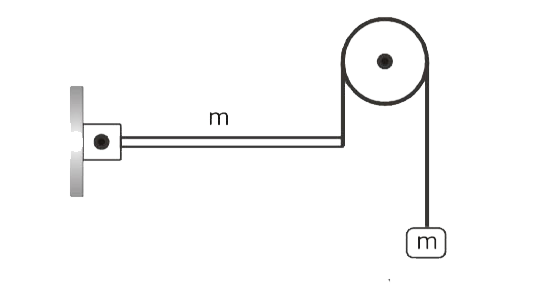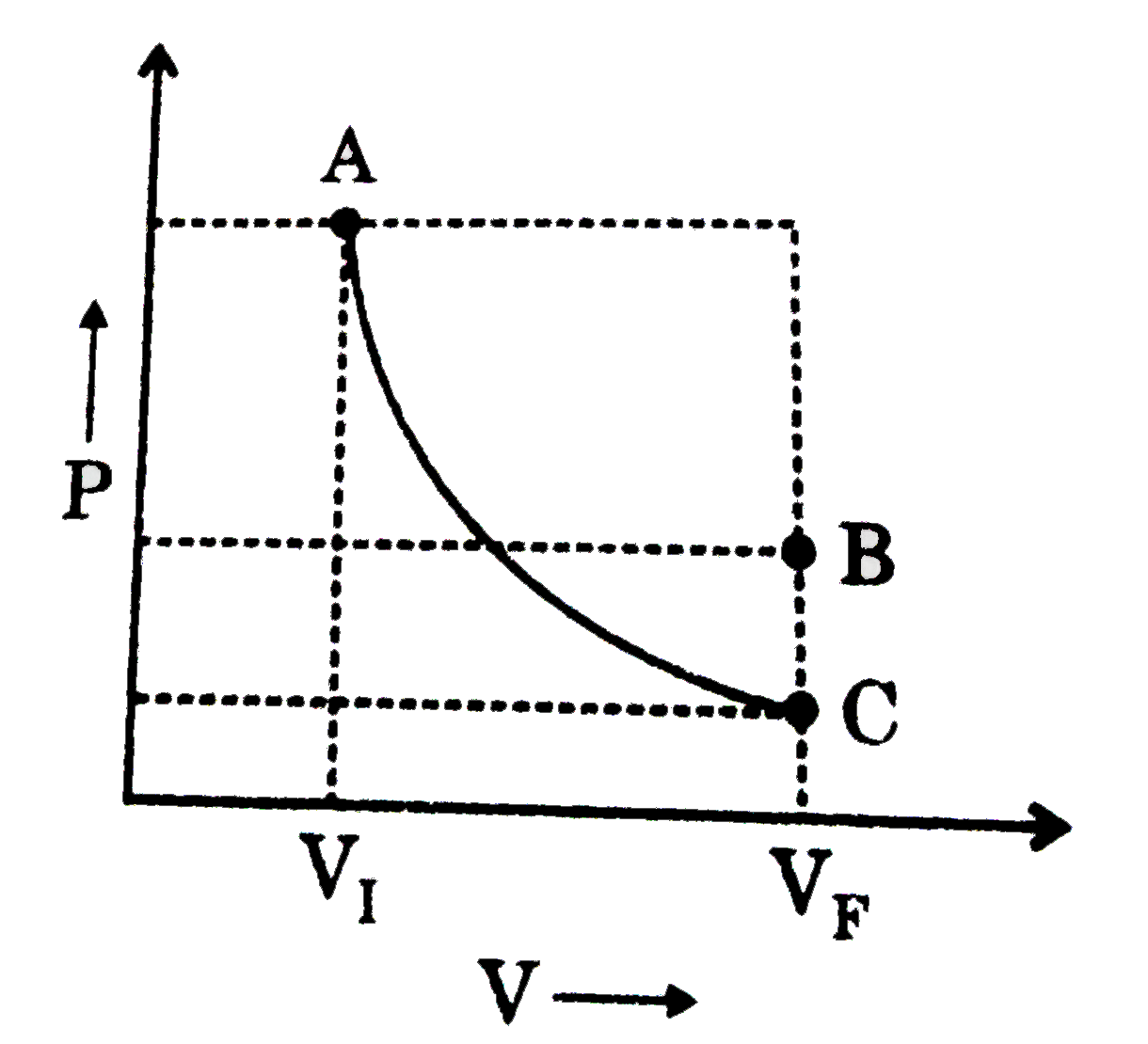A block returns to its initial position after dissipating mechanical energy in the from of heat through frictionn. Is this process reversibe or irreversible ?
This process is irreversible because the same amount of mechanical energy cannot be regained from heat. It follows form the second law of thermodynamics which states that all the heat can never be converted to useful work.
Topper's Solved these Questions
- KINETIC THEORY OF GASES AND FIRST LAW OF THERMODYNAMICSBOOK - CENGAGE PHYSICSCHAPTER - KINETIC THEORY OF GASES AND FIRST LAW OF THERMODYNAMICSEXERCISE - Subjective
22 Videos
- KINETIC THEORY OF GASES AND FIRST LAW OF THERMODYNAMICSBOOK - CENGAGE PHYSICSCHAPTER - KINETIC THEORY OF GASES AND FIRST LAW OF THERMODYNAMICSEXERCISE - Single Correct
140 Videos
- KINETIC THEORY OF GASES AND FIRST LAW OF THERMODYNAMICSBOOK - CENGAGE PHYSICSCHAPTER - KINETIC THEORY OF GASES AND FIRST LAW OF THERMODYNAMICSEXERCISE - Exercise 2.1
20 Videos
- KINETIC THEORY OF GASESBOOK - CENGAGE PHYSICSCHAPTER - KINETIC THEORY OF GASESEXERCISE - Compression
2 Videos
- LINEAR AND ANGULAR SIMPLE HARMONIC MOTIONBOOK - CENGAGE PHYSICSCHAPTER - LINEAR AND ANGULAR SIMPLE HARMONIC MOTIONEXERCISE - Multiple Correct Answer Type
9 Videos
Similar Questions
A body is projected directly up a plane which is inclined at an angle θ to the horizontal. It was found that when it returns to the starting point its speed is half its initial speed. (a) Was dissipation of mechanical energy of the body, due to friction, higher during ascent or descent? (b) Calculate the coefficient of friction (μ) between the body and the incline.
View SolutionWhen a block moves in a straight line on a rough surface. Some heat is dissipated. Is this process reversible.
View Solution
Knowledge Check
A body starting with a velocity v returns to its initial position after t second with the same speed, along the same line. Acceleration of the particle is
A−2vtBzeroCv2tDt2vAsseration : A block of mass m starts moving on a rough horizontal surface with a velocity v. It stops due to friction between the block and the surface after moving through a ceratin distance. The surface is now tilted to an angle of 30∘ with the horizontal and same block is made to go up on the surface with the same initial velocity v. The decrease in the mechanical energy in the second situation is small than the first situation.
Reason : The coefficient of friction between the block and the surface decreases with the increase in the angle of inclination.AIf both Assertion and Reason are true and the Reason is correct explanation of the Assertion.BIf both Assertion and Reason are true and the Reason is not the correct explanation of the Assertion.CIf Assertion is true, but the Reason is falseDIf Assertion is false but the Reason is true.In the question number 93, the time elapsed for its mechanical energy to drop half of its initial value is
A2.5 sB3.5 sC4.5 sD7.5 s
A rod and a block are of same mass. Initially rod is in horizontal position. What will be acceleration of tip of the rod just after the system is released from this position shown in figure.

View SolutionWater fall from a height 50m, If one third of its mechanical energy converted into heat what will be the rise in temperature of water
View SolutionA hollow sphere of radius 0.15 m, with rotational inertia I=0.048kg.m2 about a line through its center of mass, rolls without slipping up a surface inclined at 30∘ to the horizontal. At a certain initial position, the sphere's total kinetic energy is 20 J. (a) How much of this initial kinetic energy is rotational? (b) What is the speed of the center of mass of the sphere at the initial position? When the sphere has moved 1.0 m up the incline from its initial position, what are (c) its total kinetic energy and (d) the speed of its center of mass?
View SolutionA 1.0 kg block is initially at rest on a horizontal frictionless surface when a horizontal force along an x axis is applied to the block. The force is given by →F(x)=(2.5−x2)ˆiN, where x is in meters and the initial position of the block is x=0. (a) What is the kinetic energy of the block as it passes through x=2.0m ? (b) What is the maximum kinetic energy of the block between x=0 and x=2.0m ?
View SolutionAn ideal gas from same initial state participates in two different thermodynamic processes (AC -Reversible, AB-Irreversible) as shown in figure. If the entropy of surroundings remain constant in these processes, then which of the following are correct ?

View Solution
